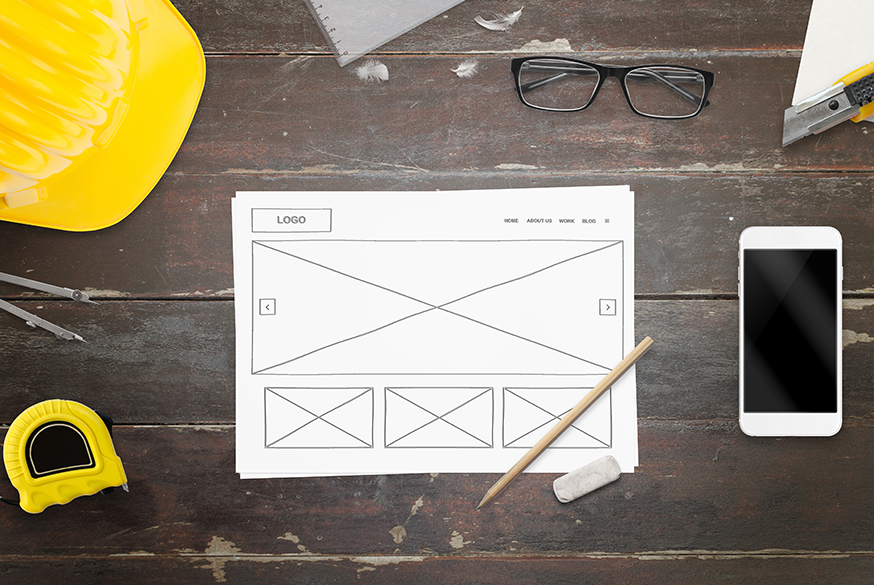We previously spoke about how needs and desire will impact your online presence, and how this is the case for both your customers and your business.
But the user experience doesn’t just affect the online world – your customers will have the same needs when going through offline material too. We’ll take a more detailed look at that now.
How do needs impact printed material?
The term User Experience, or UX, is widely used to refer to the online world, but of course it refers to anything a user can experience – whether that’s a website, some printed collateral or even a physical product (in fact, UX expert Don Norman wrote largely about the latter in his marvellous Design of Everyday Things).
While the UX heuristics mentioned in part two are referring to user interface design (largely seen as ‘digital’ based like websites or apps), there are many that are still relevant to bear in mind in the offline world. Speaking the users’ language, providing clear instructions, match with the real world, consistent language – paying close attention to each of these will ensure your material stands a better chance of helping a user fulfil their needs.
A photographer may benefit from a coffee table-style book with glossy shots that a reader can flick through at their leisure. A B2B outfit has expectations that must be met when putting out a company overview, and substance must win out over style.
A direct mail piece, meanwhile, needs to stand out from the bulk of junk mail your audience will receive – but if you leave your users confused as to what you do or how they can get in touch with you, you’ve not accounted for their needs.
What should I consider?
To again use the example of a someone booking a holiday – grouping breaks together in a logical fashion like location makes it easier for people to find them, whereas arranging them by number of nights, average temperature for peak season or national dishes ordered alphabetically would all be meaningless structures for most. So while you, for some, reason, may internally refer to your holidays in such abstract terms, your brochure probably shouldn’t follow suit.
The booking process, too, should follow real-world conventions that customers will be used to from past booking experiences, whether with yourself or other providers – as with the website, now is not the time to try some newfangled booking system unless it is easy to understand and carries a noticeable payoff for the person having to ‘re-learn’ how to make a booking.
There are several other examples when producing marketing collateral, but it boils down to this – what is your customer looking to get out of their experience with you, and are you putting unnecessary blockers in their way? If they have a goal in mind, they have likely achieved that goal elsewhere in the past and have an expectation of how it should be achieved.
How can we be sure we’ve done this?
Fortunately the same testing methods that work for websites can be employed for printed material. From something as simple as giving people a printed out mockup of a brochure and seeing how they work through it, through to uploading flat artwork on to the same UX sites you’d use for web visuals, the tools are out there to help you ensure you’ve got a winner on your hands.











